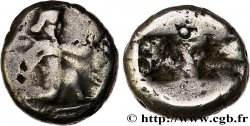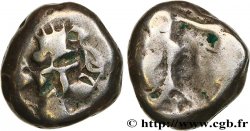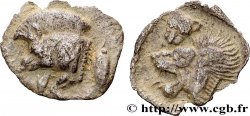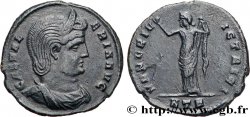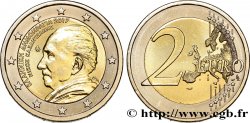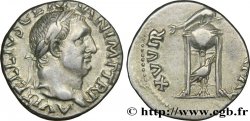v60_0006 - PERSIA - REGNO ACHEMENIDO Darique d'or
MONNAIES 60 (2013)
Prezzo di inizio : 1 900.00 €
Valutazione : 3 200.00 €
Prezzo realizzato : 2 350.00 €
Numero di offerte : 2
Offerta maxima : 5 160.00 €
Prezzo di inizio : 1 900.00 €
Valutazione : 3 200.00 €
Prezzo realizzato : 2 350.00 €
Numero di offerte : 2
Offerta maxima : 5 160.00 €
Tipo : Darique d'or
Data: c. 465-425 AC
Nome della officina / città: Lydie, Sardes ?
Metallo : oro
Titolo in millesimi : 970 ‰
Diametro : 17 mm
Peso : 8,34 g.
Grado di rarità : R1
Commenti sullo stato di conservazione:
Exemplaire sur un flan ovale, parfaitement centré au droit de style encore archaïsant avec la tête bien venue à la frappe. Minuscule petite paille de métal au niveau de l’aine. Jolie patine de collection ancienne
N° nelle opere di riferimento :
Pedigree :
Cet exemplaire provient de la vente Poindessault du 28 juin 2002, n° 87 et de la collection D. R.
Diritto
Titolatura diritto : ANÉPIGRAPHE.
Descrittivo diritto : Archer barbu (Le Grand Roi) à demi agenouillé courant à droite, couronné (cidaris), tenant une lance de la main droite et un arc de la gauche ; un carquois rempli de flèches sur l’épaule ; ligne d’exergue.
Rovescio
Descrittivo rovescio : Carré creux informe.
Commento
Ce type de darique est souvent usé et a circulé pendant plus d’un siècle. C’est le premier multiple en or frappé en quantité très importante. Au revers, le carré creux pourrait prendre la forme d’un animal (tête de lion à droite, la gueule ouverte, cf. E. Babelon, Perses Achéménides, pl. I, n° 10 pour un sicle). Ce type est souvent attribué à Darius Ier (521-486 avant J.-C.) ou à Xerxès (486-465 avant J.-C.). Pour cet exemplaire, une attribution à Artaxerxès II (465-425 avant J.-C.) est probable.
This type of daric is often worn and circulated for over a century. It is the first gold multiple struck in very large quantities. On the reverse, the hollow square could take the form of an animal (lion's head to the right, mouth open, cf. E. Babelon, Perses Achéménides, pl. I, n° 10 for a shekel). This type is often attributed to Darius I (521-486 BC) or Xerxes (486-465 BC). For this example, an attribution to Artaxerxes II (465-425 BC) is likely
This type of daric is often worn and circulated for over a century. It is the first gold multiple struck in very large quantities. On the reverse, the hollow square could take the form of an animal (lion's head to the right, mouth open, cf. E. Babelon, Perses Achéménides, pl. I, n° 10 for a shekel). This type is often attributed to Darius I (521-486 BC) or Xerxes (486-465 BC). For this example, an attribution to Artaxerxes II (465-425 BC) is likely







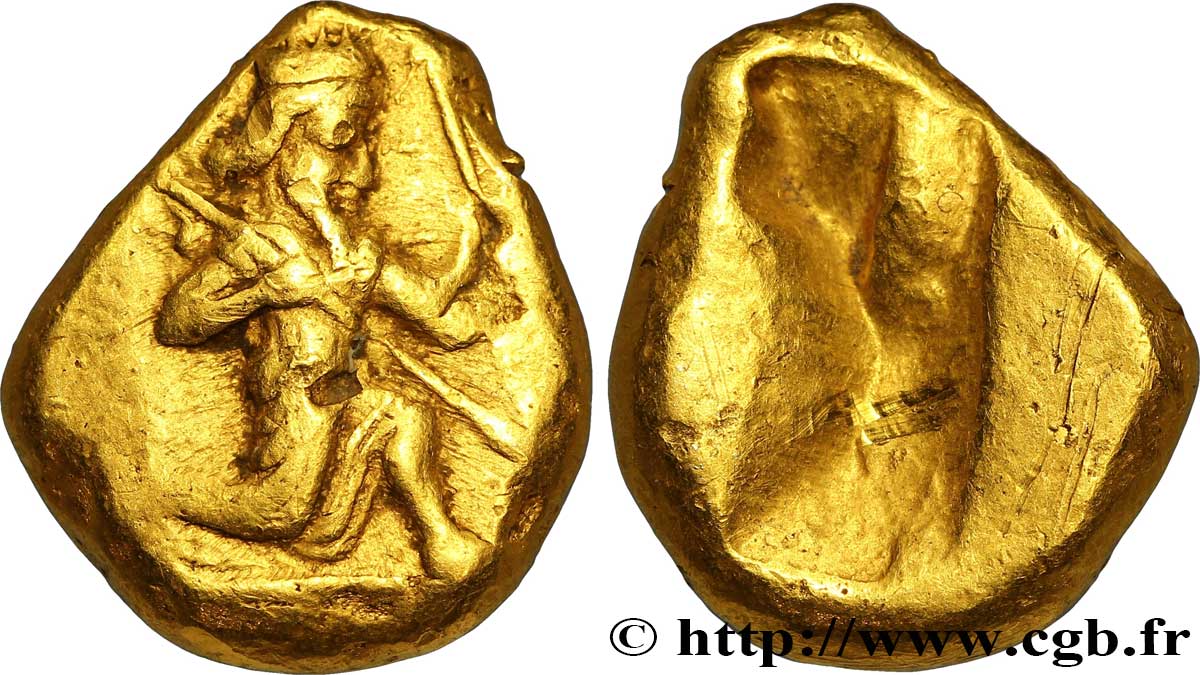
 Segnalare un errore
Segnalare un errore Stampate la pagina
Stampate la pagina Condividi mia selezione
Condividi mia selezione Fai una domanda
Fai una domanda Consegnare / vendere
Consegnare / vendere
 Descrittivo
Descrittivo